Composition in photography
- Julita Mbazuigwe
- 2 lis 2022
- 4 minut(y) czytania
Zaktualizowano: 23 lis 2022
There are numerous rules and guidelines that can help with composition. With time, knowing which of these to use in what situation will become intuitive, and you'll even be comfortable breaking the rules for extra creativity when you get more confident.
When we take a picture, we intuitively know what composition we should use to strive. Unfortunately, it is often not easy because it requires an informed response to a great deal of
questions and make informed decisions such as point of view, perspective, focal length, background, depth, focus, aperture, time, light, spot, etc.
The fundamental problems one has to face are correct filling of the frame, correct framing and conscious frame composition. Let's have a look at different rules of composition to make things easier.
Fill the frame
The most elementary mistake made by new photographers is to leave too much room around the subject. Scan around the image borders before you take a picture - how much space do you have?
Filling the frame with a symmetrical, bull's-eye composition creates instant impact and drama.

fot: https://unsplash.com/photos/Cf8FtVehbFw
The rule of thirds
The compositional aid mostly used by photographers is the rule of thirds. It relies on the photographer imagining the frame split up by lines into thirds, both vertically and horizontally. Placing people, objects and even horizons along these lines will produce a composition that is more engaging and interesting than simply placing them in the middle of the frame. Furthermore, positioning objects on one of the four hotspots, where vertical and hrizontal lines cross, will give emphasis to these objects in your composition.
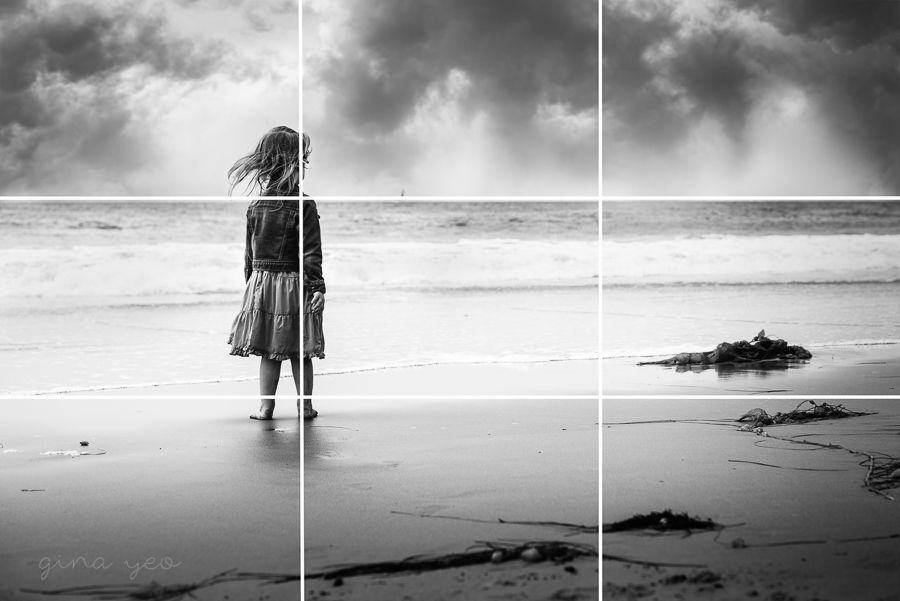

fot: https://www.itsjustlight.com/photography-tips/what-is-the-rule-of-thirds-photography/
Negative / Liminal space
Liminal is from the Latin word ‘limen’, which means threshold. A liminal space is the time between ‘what was’ and ‘next.’ It is a place of transition, a time of waiting and not knowing the future.
In addition to specific objects, such as human faces, cars, trees, and mountains, the role of a strong point can also be space. Empty sky, clouds, solid rock or ordinary earth - all this can be a balance for the other element, e.g. in the opposite corner of pictures. Usually, voidness is never uniform; its other features should be noticed - shape, colour, brightness or texture.
Space itself can also be the main subject of the picture. Adding a small object (e.g. a human) will give this one depth space; it will be a kind of "comparative scale."
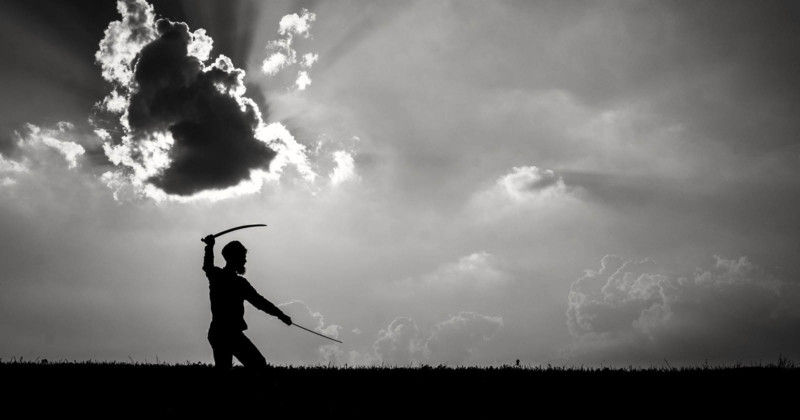
fot: https://petapixel.com/what-is-negative-space/
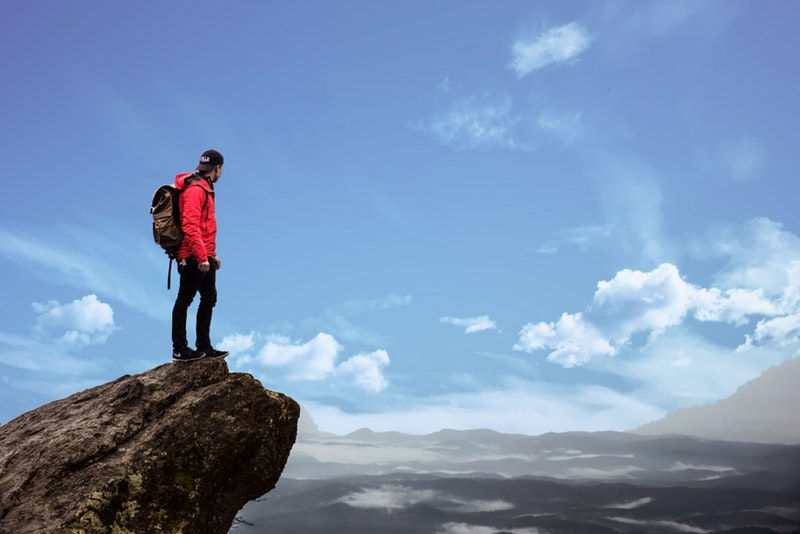
Negative space, also liminal space, can also be used in a less obvious way as in the photo below. Here, Brandt paired the reductive qualities of black and white with the high-contrast nature of hard light, and shadows became voids of black and highlights burn out to white. The model's arm cuts across the frame to create beautiful triangles of black. This is what the photographer was looking at when he composed this portrait. He used this space to define the lines of the body, but made them ever-present abstract forms in their own right.
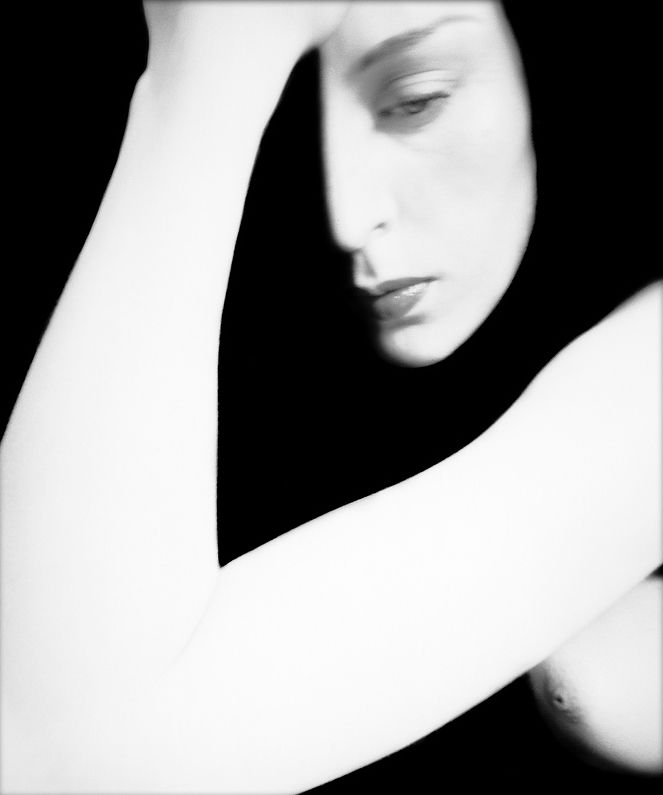
fot: https://www.billbrandt.com/bill-brandt-archive-print-shop/nude-london-1952-pp02
While talking about liminal space, let's have a closer look at Todd Hido, whose works are the best example of getting a mysterious atmosphere with the use of this technique.
Below, you can find a piece from the interview with the artist talking about his famous piece of art titled ''Homes at night''. I want to mention that his description matches my point of view on my photography project - the viewer, himself/herself, can put his/her own experiences in the picture.
''LC: Your series 'Homes at Night' is one of my favourites. We never see human silhouettes or the homes’ inhabitants. Why is it important to you that the houses appear on their own?
TH: Because of the very simple fact that if it is an empty shell, the viewer can place their own memories within it or create a narrative that would otherwise be blocked by the reality of what is actually inside.
LC: When viewers “place their own memories within,” do they ever react in a way that surprises you?
TH: While I know that my work does elicit a response in people, it is often something that is personal and not really shared with me. This, of course, is totally fine.
LC: As a viewer, one sees how your images could potentially bring up uncomfortable thoughts about home and family. Is this intentional? Also, is there a narrative that grounds the series Homes at Night?
TH: In my mind, the meaning or the narratives derived out of a work of art reside in the viewer. There are always multiple interpretations, but one of the most curious things that I hear about my houses at night is when people tell me that they connect with my work because it reminds them of something from their own past.
So, in a way, memory might be the thing that actually grounds the work.''
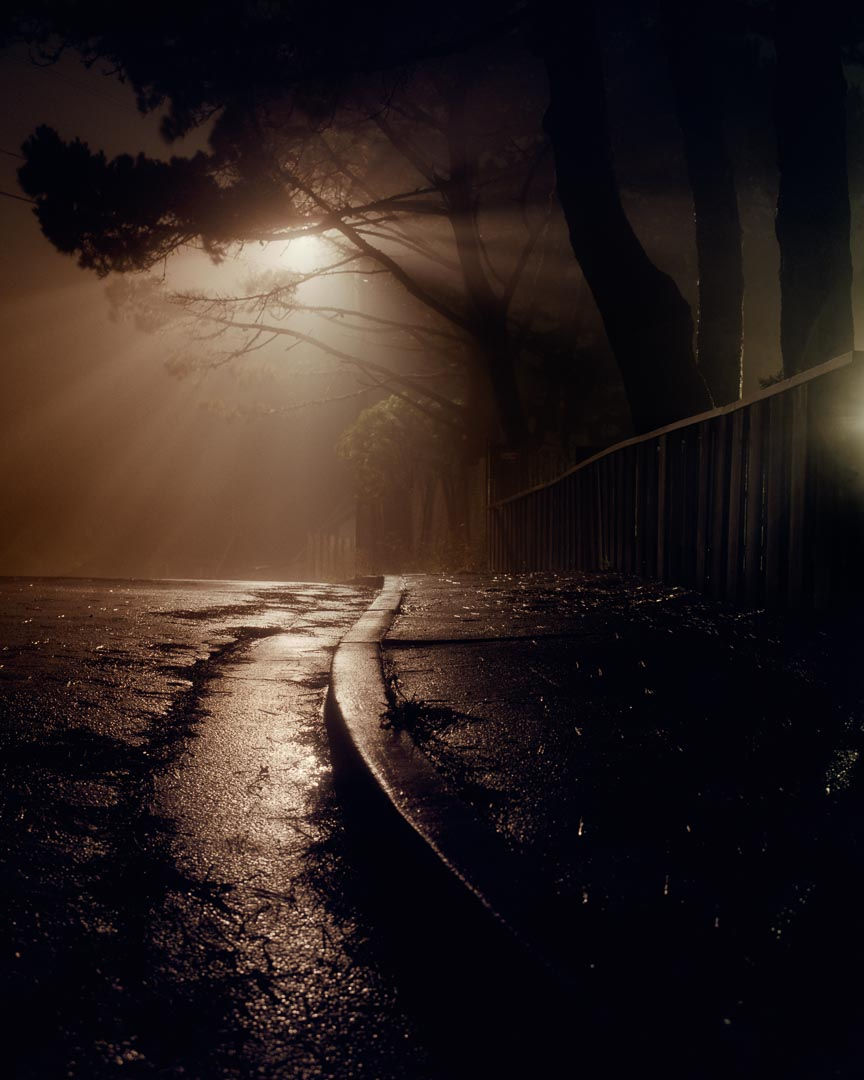
fot: https://blogs.stlawu.edu/sluphoto2/project/todd-hido/

fot: https://blogs.stlawu.edu/sluphoto2/project/todd-hido/
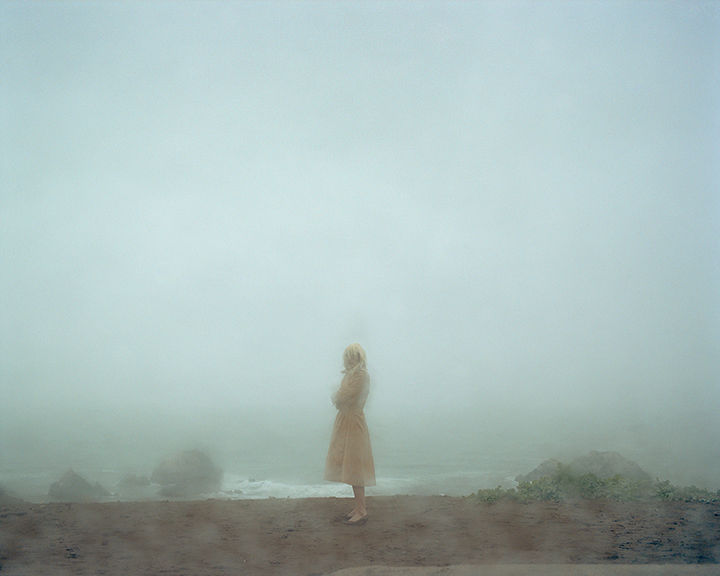
fot: https://museemagazine.com/culture/2016/11/11/review-landscapes-interiors-and-some-nudes-by-todd-hido
Leading lines
Some of the most striking compositions in landscape photography use lines and shapes in the foreground to guide the eye into the picture, eventually arriving at a focal point in the distance. Seeing these lines, and the relationships between them, is often very difficult without the camera to your eye, but this is a skill that comes with experience.

fot: https://www.pinterest.co.uk/pin/photo-tip-great-example-of-leading-lines-a-good-leading-line-paves-an-easy-path-for-the-vie--648166571351142801/

fot: https://petapixel.com/2021/01/20/leading-lines-in-photography/
One main leading line is often all you need and they're at their most powerful when they sweep in from the edge of the frame.
If you keep your eyes peeled you'll find leading lines everywhere, from the converging rails of a train track, to the branch of a tree or the cracks in a rock face - and don't be shy about making these lines very overt in your image.
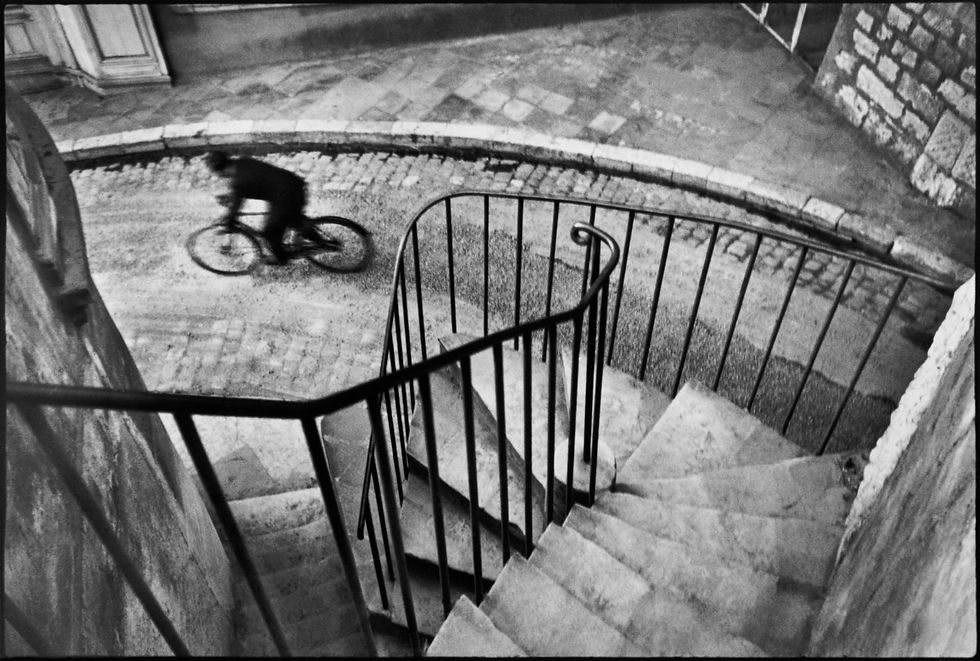
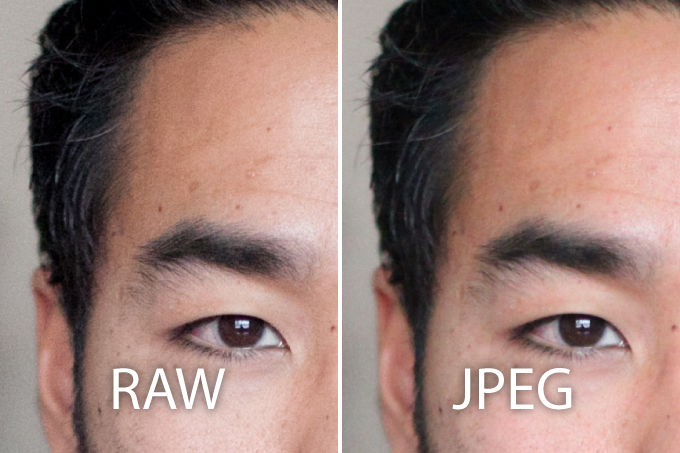
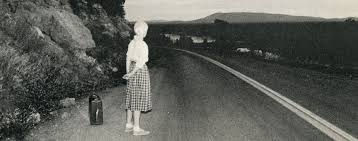

Comments